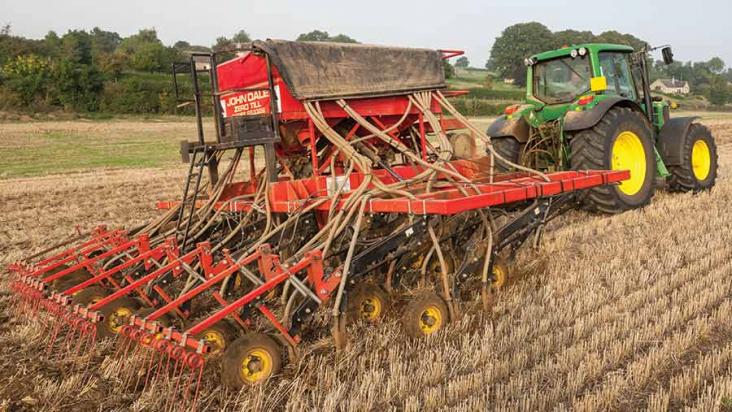As an extension of a previous work (Chen and Han, 2015a), this study explored the arable land use of the world economy from source of exploitation to sink of final consumption via the global supply ch

Direct drilling - where the ground is not ploughed before a new crop is established - helps conserve soil moisture and structure and prevents wind erosion. Switching to direct drilling, or "no-till", can therefore bring big savings in labour and machinery costs. However does this translate to better gross margins? A benchmarking study, which compared no-till with more conventional approach, suggest there are savings to be made despite dips in yield. This supports SDG12: Responsible Consumption and Production.
Food waste is a matter intrinsically linked with the growing challenges of food security, resource and environmental sustainability, and climate change.
Evaluations of food, energy and water (FEW) linkages are rapidly emerging in contemporary nexus studies.
Sustainable use and management of nutrients is an important issue for food, energy and water systems.
Successful Food-energy-water (FEW) nexus projects will be more likely to succeed if a transdisciplinary approach is used.

Scottish farmers have been using clean energy technology normally used by buses and bin lorries to power their farm machines, helping to reduce emissions and make efficiencies. This helps to advance both goal 7 and goal 12.
Linking to Goal 12, this is the UN Global Compact Sustainable Supply Chains website

This article highlights the winning proposals of the third edition of the Elsevier Foundation Green & Sustainable Chemistry Challenge. The winning proposals were chosen for their innovative green chemistry aspects and their large positive impact on the environment, contributing to SDGs 2, 12, 13 and 15.
